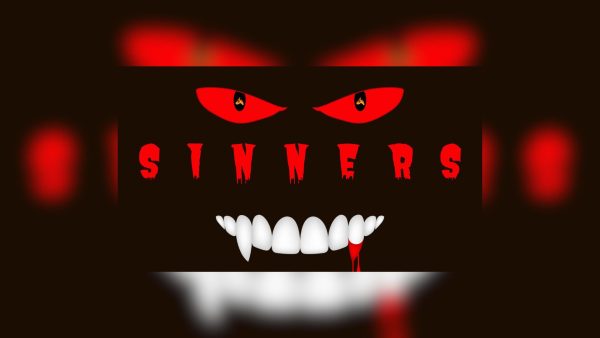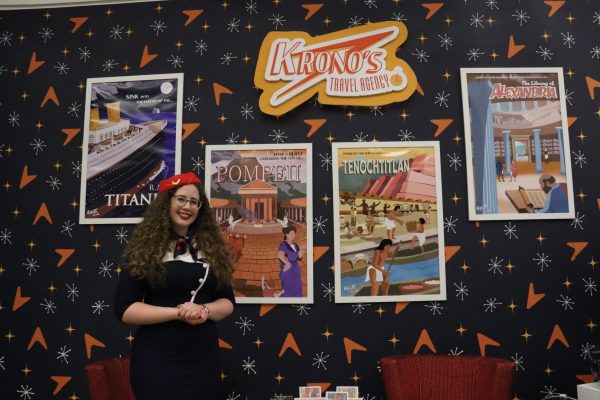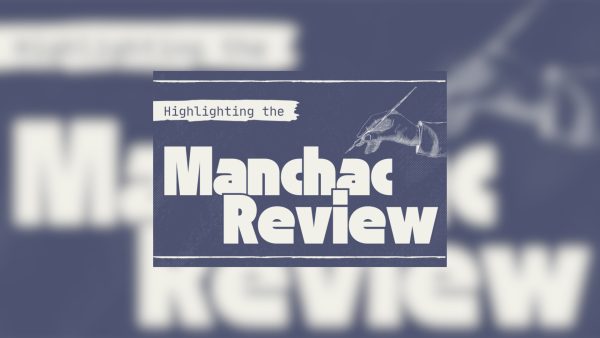Jazz music library nearly doubles in size via musician’s donation
February 16
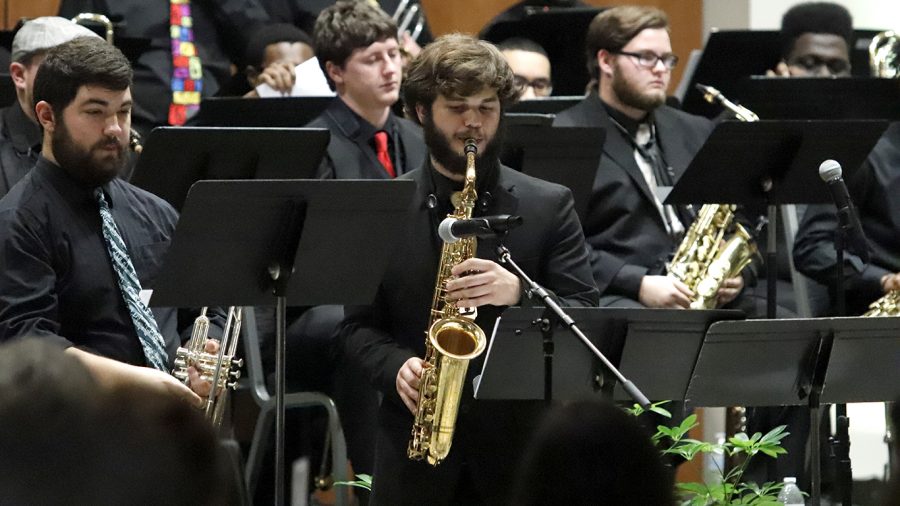
The university’s jazz studies program recently received a donation of music that allowed its jazz library to expand nearly twice its previous size.
Dan Salmasian, a close friend of jazz and percussion studies director Michael Brothers, decided to donate his entire personal music library that he has accumulated over his career to the university now that he is heading toward retirement. The collection, composed of around 800 pieces of music, is currently being catalogued and put into the library’s database.
Salmasian has been a guest at the university to work with the music department for masterclasses, the jazz ensemble, saxophone workshops, the jazz festival and more. According to Brothers, Salmasian approached him with the offer earlier this year.
“He’s been very supportive and understands that building a program from scratch is really, really difficult,” shared Brothers. “As he was retiring and downsizing his life, he was trying to find a good home for certain things, including his library. He offered it to me, and we took it. It was a pretty substantial donation.”
Salmasian taught at Florida Atlantic University for 20 years and was a member of the Stan Kenton Orchestra. He shared a glimpse into his career and reasoning for relinquishing his music collection to the university.
“I made a lot of money renting out my stuff and putting together things, and now I’m retired I don’t have anything to do with it anymore — I’m done,” said Salmasian. “I’m now doing my projects and things I’ve been putting off for 4 or 5 years. That’s why I gave the stuff away. Otherwise, nobody would want it.”
Brothers played a primary role in Salmasian’s decision to donate his music collection to the university. After the times he has spent on campus and interacting with the students, Salmasian felt comfortable with leaving his music with the jazz studies program.
“With all the stuff I accumulated over 50 years, I figured that was a really good fit,” expressed Salmasian. “It gives them a really good basis to work with the kids from, and also, a lot of the old vintage stuff I have I was really comfortable with leaving it there and it wouldn’t get thrown out, because I know a lot of places — they’ll get stuff and they’ll just throw it away, and I know he wouldn’t do that.”
Ian Cassidy, a graduate student in the music department, works as Brothers’s graduate assistant. He is working on cataloguing the music, which is held in filing cabinets in Brothers’s office. Cassidy shared how he feels this donation will help the jazz program and its students.
“It’ll really give us a lot of extra repertoire to work through,” said Cassidy. “It has a lot of really professional, great material in there. Dan was kind enough to give us a lot of material that can really push and challenge a lot of musicians who are newer, getting more experience in jazz. I think that as far as what it’s gonna to do to push the jazz band forward is give us a lot more rep to experiment with and see what this university ensemble can do.”
Brothers explained not only does the donation significantly expand the program’s music choices, but it also helps with expenses.
“It gives us a lot more music to choose from, and music’s expensive,” said Brothers. “The average big band chart costs anywhere from $75-$100. So if you were gonna try and program new music every year, it gets very expensive very quickly.”
The depth and expansion of the music library will play into the success of training the ever-changing array of student musicians within the program.
“For example, this year, I have almost an entirely new trumpet section from the last three years — just people have graduated, and this, that and the other thing, so that changes the makeup of the group and what they can play and what they can’t play,” explained Brothers. “So, you have to have a sizable library to pick from to work with the strengths and weaknesses and so the students can play and learn.”
Your donation will support The Lion's Roar student journalists at Southeastern Louisiana University.
In addition, your contribution will allow us to cover our annual website hosting costs.
No gift is too small.
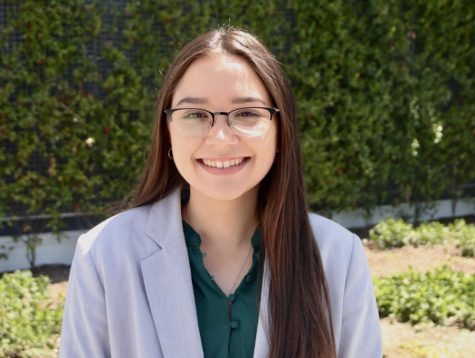
Brynn Lundy Arriago began working for The Lion's Roar in the fall of 2019, her first semester at Southeastern, and now serves as Graduate Assistant. From...


